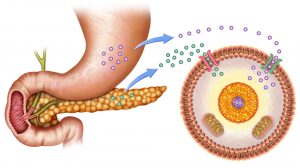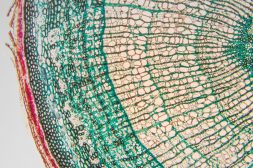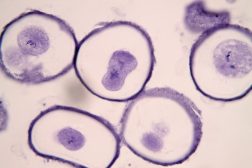Definition
noun, plural: velvet worms
Any of the invertebrates belonging to the phylum Onychophora, and characterized by having a wormlike appearance, velvety skin, and conical stub feet
Supplement
Velvet worms are invertebrates that are wormlike and have velvety skin texture (thus, the name). The velvety skin is due to the numerous fine transverse rings. They are segmented animals. They grow from 0.5 c up to 20 cm but in average they reach about 5 cm.
They have elongated, flattened, cylindrical, soft bodies with many legs or feet (called oncopods or lobopods, which are between 13 and 43 pairs). Their stub feet are characteristically conical, internally hollow, and lacking joints. Each foot has a pair of retractable, chitin claws. They feed on insects. They capture their prey by squirting a sticky slime.
Approximately, 200 species belonging to the phylum Onychophora were described. Only two families of velvet worms are extant: Peripatidae (the peripatids) and Peripatopsidae (the peripatopsids). They belong to the phylum Onychophora, which literally means claws (Greek onyches) to carry (Greek pherein). Examples of species are as follows: Euperipatoides rowelli (tallaganda velvet worm), Opisthopatus roseus (pink velvet worm), Peripatopsis clavigera
(Knysna velvet worm), and Peripatopsis alba (White Cave Velvet Worm).
Scientific classification:
- Kingdom: Animalia
- Subkingdom: Eumetazoa
- Superphylum: Ecdysozoa
- Phylum: Onychophora Grube, 1853
- Class: Udeonychophora (Poinar, 2000)
Synonym(s):
- onychophoran
See also:







